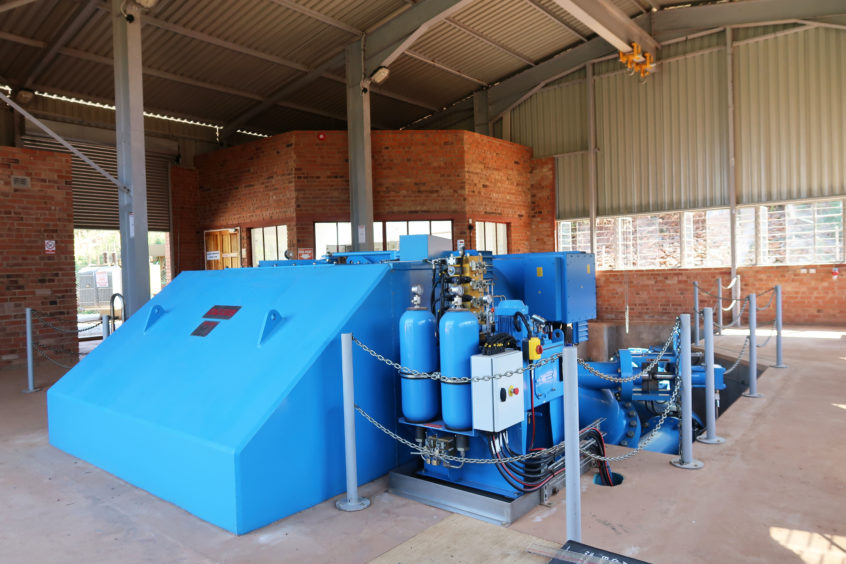
A number of options have been suggested to address Africa’s need for electricity, but hydropower has often been overlooked.
Much of the interest in renewable energy in recent times has focused on solar and wind. Hydropower has got something of a bad name as a result of some of the larger projects. Ethiopia’s Grand Ethiopian Renaissance Dam (GERD) led to the displacement of some communities, while Congo Kinshasa’s Grand Inga plans have taken fire under similar grounds.
Working on the smaller opportunities can play a valuable role in providing local power, though. Cumbria-based hydro specialists Gilkes are keen to work in such a space.
“Where hydropower is often overlooked, small hydro is even more overlooked,” Gilkes’ head of sales for Africa Andy Eaton said. Such schemes sidestep many of the problems of larger plans.
“Small hydro is run of river, so it literally borrows water from a river and then puts it back. It avoids the displacement of people and it’s much faster to build, construction may take 12 months.”
Linked up
There has been a move in recent times to focus on the provision of minigrids, rather than the establishment of an entire national grid. The distance between some of the remote villages or communities and established grid connections, which tend to be focused around denser populations and industry, can be staggering.
A minigrid, on the other hand, is much cheaper than building miles of power lines and therefore faster. Local generation can also help to smooth out some of the ups and downs of an unreliable grid system.
Eaton gave the example of a tea estate in Kenya, which has its own minigrid and is also connected to the national grid. A Gilkes-installed turbine provides power to the estate and excess can go into the main grid.
“Hydropower compares well with solar or wind. It’s a good form of energy to pump into the grid. Hydro doesn’t peak and is stable, it’s not just when the sun shines,” he said.
Displacing dirtier generation plays a key role in making the case for new energies, but this does not have to be more expensive. Again giving a Kenyan example, Eaton discussed a turbine the company had installed at a rose farm near the Ugandan border, which was commissioned in 2018.
Using hydropower allows Mount Elgon Orchards to avoid the consumption of more than 1,100 litres per day of diesel. “The cost they were paying for diesel is unbelievable, and it’s not just buying that product. They also had to find and get the diesel to the site, in addition to the environmental impact of burning it.”
Turning on the taps
Challenges for Gilkes include securing export finance. UK Export Finance (UKEF) support tends to be for larger projects, leaving a shortfall for some smaller plans.
“There’s clearly growth in the region, but the big thing is finding these schemes. There’s a gap in how to identify the projects. One area that can be developed is in networking, sharing information and linking up to provide support,” Eaton continued.
While UKEF may prefer larger projects, there is investor demand for schemes providing long-term returns. “Investment will come along, it’s all in the learning curve. There’s a need for more and more power, it’s only going one way.”
As the UK rethinks its trading relations with the world, in the wake of Brexit, there is clear scope for growth among Commonwealth countries. Southern and East African states often have laws close to British and there is also an appeal around language.
The UK-Africa Investment Summit, held in January, demonstrated some of the underpinnings of such a relationship and more must come. Sub-Saharan Africa needs the power and renewables can help bridge the gap, while playing to domestic resources.
Recommended for you

